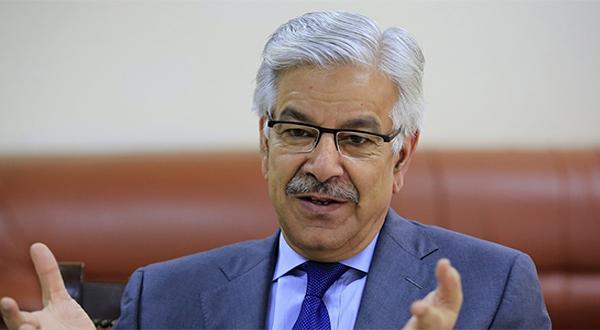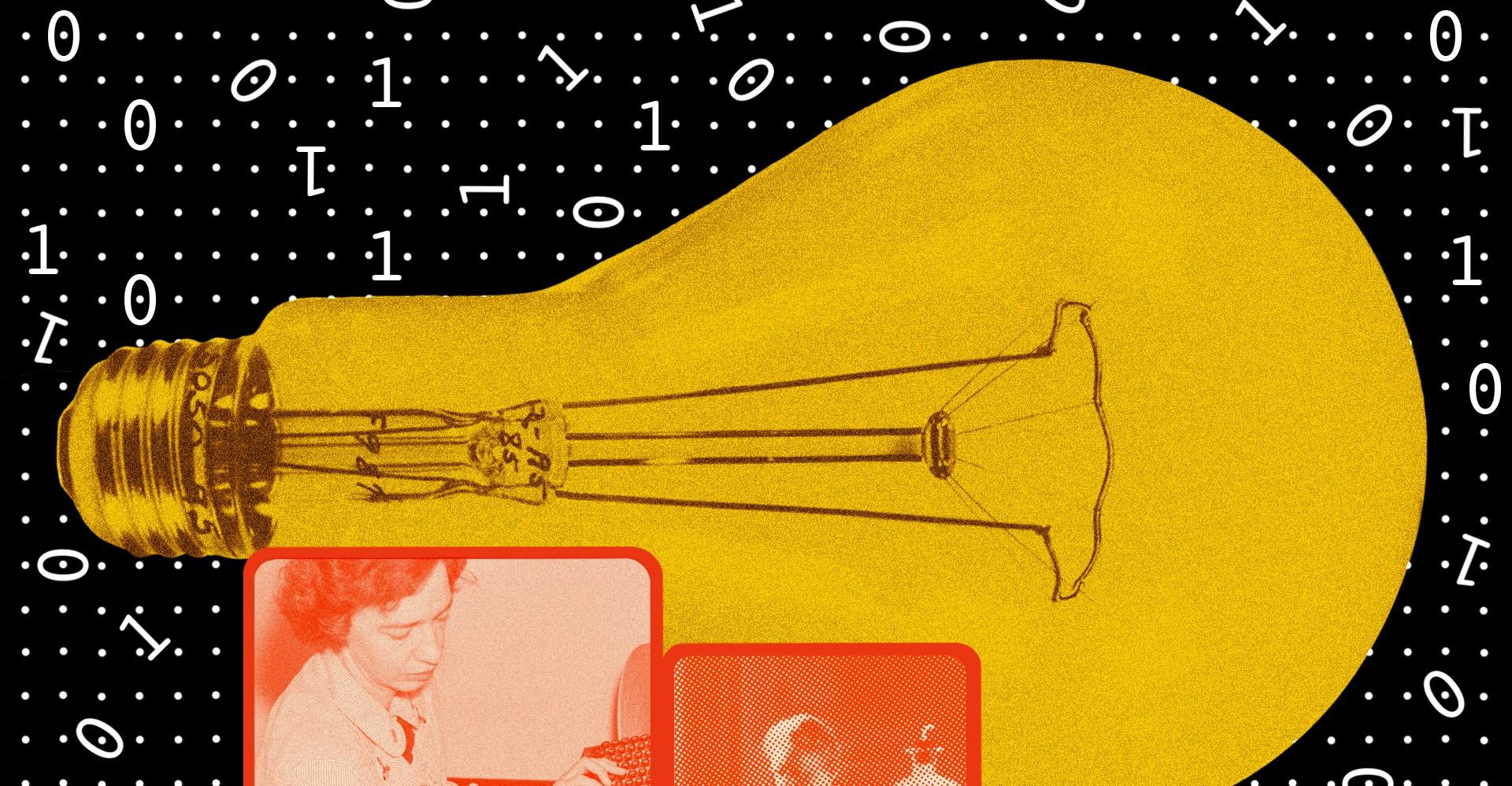Coach-to-player in-helmet communication is one of several new rules that was proposed by the NCAA Football Rules Committee on Friday.

Published 2 years ago on Mar 5th 2024, 11:00 am
By Web Desk

Technology in college football is finally starting to catch up to the NFL, as the NCAA Football Rules Committee on Friday proposed rules that would allow schools to use coach-to-player communications through the helmet to one player on the field.
That player would be identified by having a green dot on the back midline of his helmet, and the communication would be turned off with 15 seconds remaining on the play clock or when the ball is snapped -- whichever comes first.
The rule, which for now is limited to FBS teams, could go into effect for this season if the NCAA Playing Rules Oversight Panel approves it April 18.
Georgia coach Kirby Smart, the rules committee co-chair, said he doesn't think there should be a "knee-jerk reaction" to the proposed technology rules changes because of the allegations of widespread sign stealing at Michigan this past season.
"That's not what the sole intent was," he said. "I've been on the rules committee now three to four years, and coach-to-player communication has come up every single year. It's been talked about. We've been evolving, trying to get closer to it. A lot of coaches debate, talk about how this is not going to stop people from signaling, or having the big cardboard signs on the sideline.
"A lot of people have said it would take 11 headsets to take that way, or three or four headsets to take that away," he said. "That's not the intent. The intent is to get a little closer to what the NFL has done to allow communication. We don't know where it's going to take us, so we're going to onboard one step at a time. It allows communication between mostly your quarterback and somebody on defense, and we'll find out where it takes us."
Smart said a lot of coaches have already tested the technology, and he expects "everybody in the country that plans to use it will be using it this spring, in some way, shape or form." He said there will likely be experimentation with it in spring games, scrimmages and fall practices.
A.J. Edds, co-chair of the committee and vice president of football administration at the Big Ten Conference, said both teams won't have to agree to using the technology before a game.
"We're working through a date prior to the season where it needs to be understood who will or who will not -- if anybody -- won't be using this," Edds said, "so there's a very clear line of delineation if there's going to be an instance or multiple instances where teams may not use the technology. More than anything, it's likely to be affirmative statements that teams and conferences will be doing this, but no mutual agreement is needed."
The rules committee also proposed the use of tablets to view in-game video only -- something all three divisions would be allowed, not just the FBS conferences. The video could include the broadcast feed and camera angles from the coach's sideline and coach's end zone.
Teams could have as many as 18 active tablets in the coaching booth, sideline and locker room, but they can't be connected to other devices to project larger additional images. They also can't use analytics, data or data access capability or other communication access. All team personnel would be allowed to view the tablets during the game.
The committee also proposed using an automatic timeout when two minutes remain in the second and fourth quarters -- a move intended in part to help broadcast partners avoid back-to-back media timeouts. It would synchronize all timing rules, such as 10-second runoffs and stopping the clock when a first down is gained inbounds.
"This is not an additional or a new timeout," Edds said. "This is a fixed position in the second and fourth quarters where media partners can reliably know they're going to have an opportunity to take a media break. ... This will hopefully give them a larger runway to get their breaks in over the course of the half, in the second and fourth quarters."
The committee also proposed penalizing horse-collar tackles that occur within the tackle box as a 15-yard personal foul. Currently, such tackles are not a foul.
That player would be identified by having a green dot on the back midline of his helmet, and the communication would be turned off with 15 seconds remaining on the play clock or when the ball is snapped -- whichever comes first.
The rule, which for now is limited to FBS teams, could go into effect for this season if the NCAA Playing Rules Oversight Panel approves it April 18.
Georgia coach Kirby Smart, the rules committee co-chair, said he doesn't think there should be a "knee-jerk reaction" to the proposed technology rules changes because of the allegations of widespread sign stealing at Michigan this past season.
"That's not what the sole intent was," he said. "I've been on the rules committee now three to four years, and coach-to-player communication has come up every single year. It's been talked about. We've been evolving, trying to get closer to it. A lot of coaches debate, talk about how this is not going to stop people from signaling, or having the big cardboard signs on the sideline.
"A lot of people have said it would take 11 headsets to take that way, or three or four headsets to take that away," he said. "That's not the intent. The intent is to get a little closer to what the NFL has done to allow communication. We don't know where it's going to take us, so we're going to onboard one step at a time. It allows communication between mostly your quarterback and somebody on defense, and we'll find out where it takes us."
Smart said a lot of coaches have already tested the technology, and he expects "everybody in the country that plans to use it will be using it this spring, in some way, shape or form." He said there will likely be experimentation with it in spring games, scrimmages and fall practices.
A.J. Edds, co-chair of the committee and vice president of football administration at the Big Ten Conference, said both teams won't have to agree to using the technology before a game.
"We're working through a date prior to the season where it needs to be understood who will or who will not -- if anybody -- won't be using this," Edds said, "so there's a very clear line of delineation if there's going to be an instance or multiple instances where teams may not use the technology. More than anything, it's likely to be affirmative statements that teams and conferences will be doing this, but no mutual agreement is needed."
The rules committee also proposed the use of tablets to view in-game video only -- something all three divisions would be allowed, not just the FBS conferences. The video could include the broadcast feed and camera angles from the coach's sideline and coach's end zone.
Teams could have as many as 18 active tablets in the coaching booth, sideline and locker room, but they can't be connected to other devices to project larger additional images. They also can't use analytics, data or data access capability or other communication access. All team personnel would be allowed to view the tablets during the game.
The committee also proposed using an automatic timeout when two minutes remain in the second and fourth quarters -- a move intended in part to help broadcast partners avoid back-to-back media timeouts. It would synchronize all timing rules, such as 10-second runoffs and stopping the clock when a first down is gained inbounds.
"This is not an additional or a new timeout," Edds said. "This is a fixed position in the second and fourth quarters where media partners can reliably know they're going to have an opportunity to take a media break. ... This will hopefully give them a larger runway to get their breaks in over the course of the half, in the second and fourth quarters."
The committee also proposed penalizing horse-collar tackles that occur within the tackle box as a 15-yard personal foul. Currently, such tackles are not a foul.

Control’s action-RPG sequel launches in 2026
- 2 hours ago
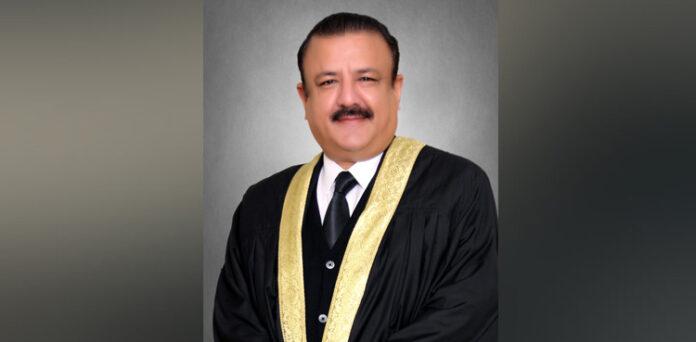
IHC summons Registrar Karachi University in Justice Jahangiri’s degree case
- 10 hours ago
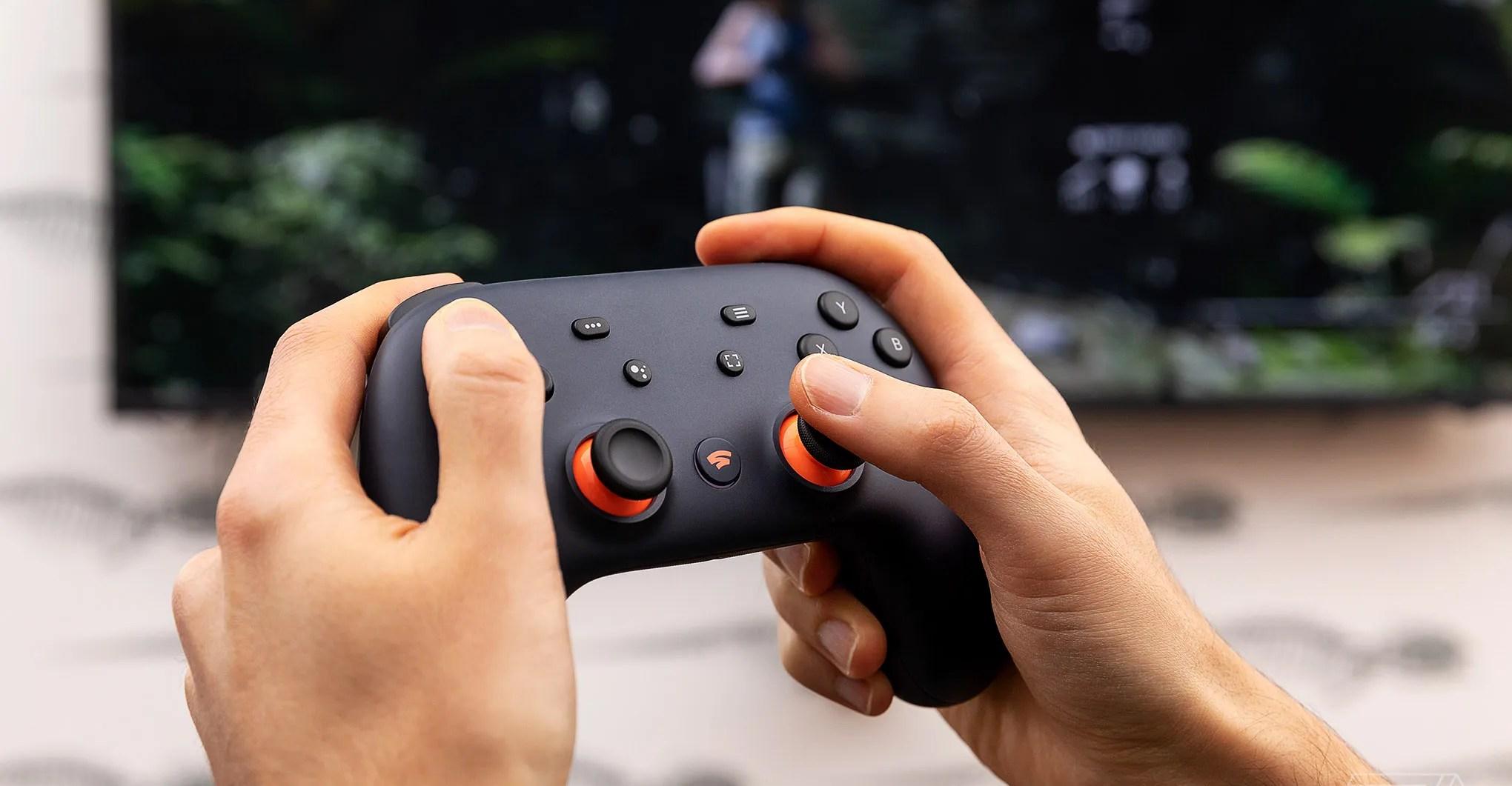
Remember Google Stadia? Steam finally made its gamepad worth rescuing
- 2 hours ago
Police recover gold from accused's husband in Dr Warda murder case
- 9 hours ago

Disney wants to drag you into the slop
- 2 hours ago
FIFA hails 5M WC ticket requests amid backlash
- an hour ago
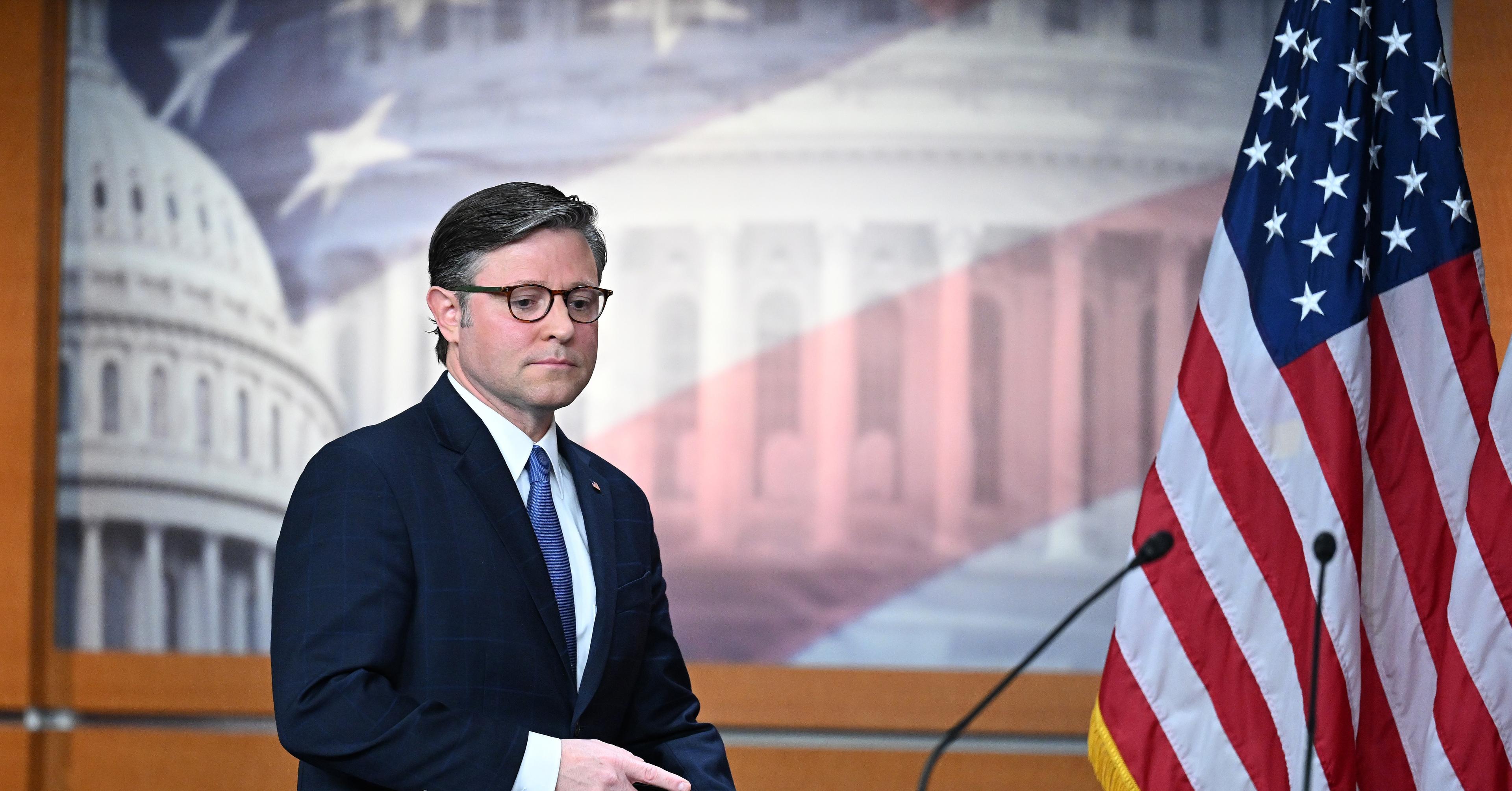
Why Republicans in Congress are turning against Trump
- 22 minutes ago
Messi mania peaks in India’s pollution-hit capital
- 10 hours ago
Govt slashes diesel price by Rs14 per litre
- 4 hours ago

The biggest mosquito-borne disease in the world has a cure. There’s just one problem
- 22 minutes ago
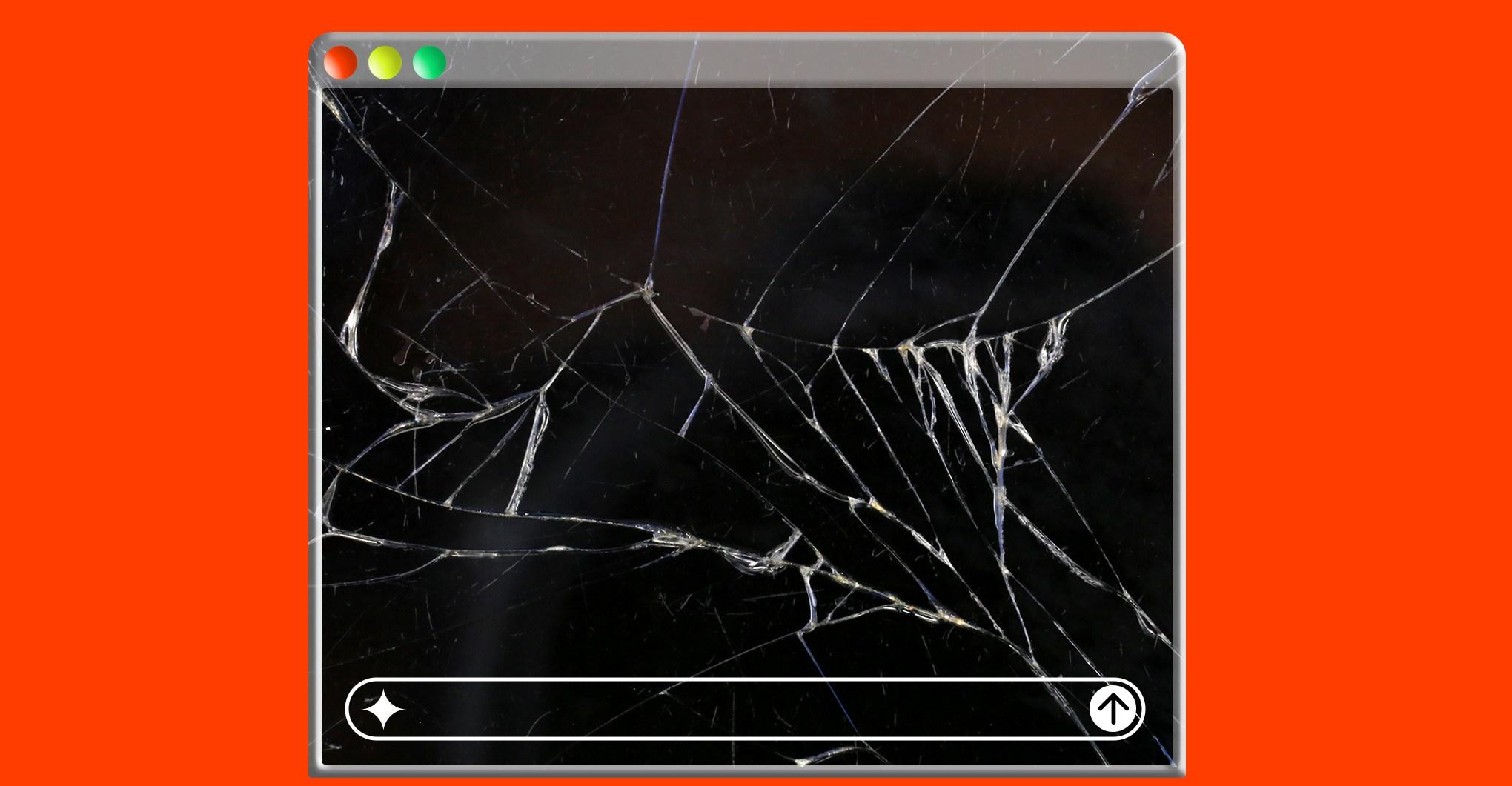
Chatbots are struggling with suicide hotline numbers
- 2 hours ago
Australia plans tougher gun laws after police say father and son killed 15 at Bondi Beach
- 9 hours ago
You May Like
Trending



